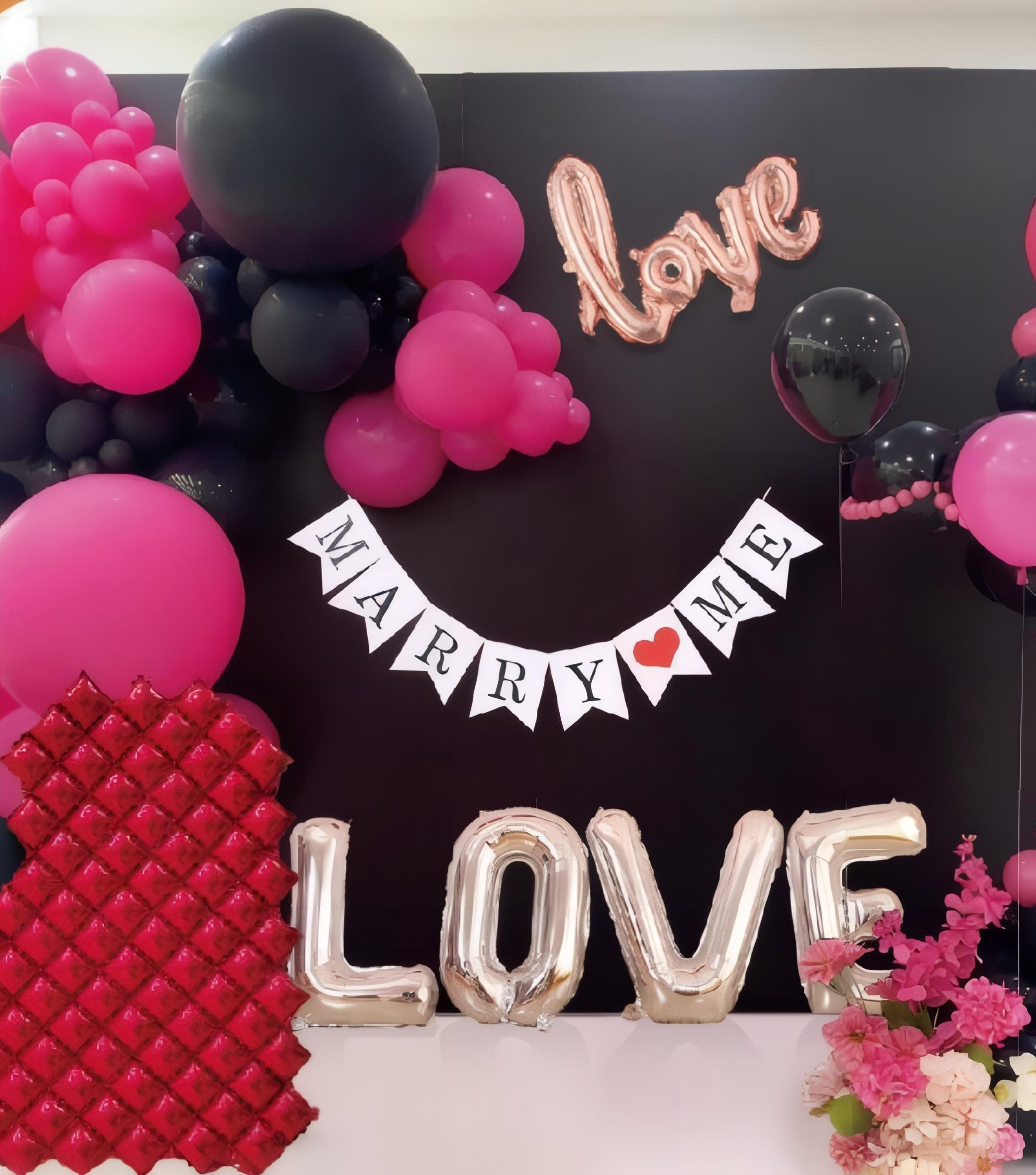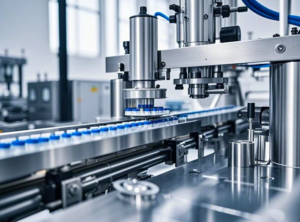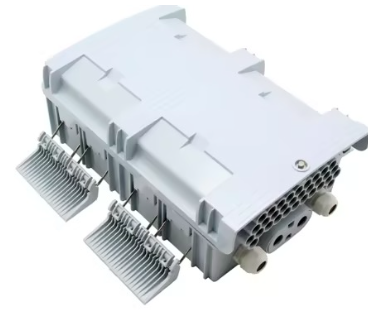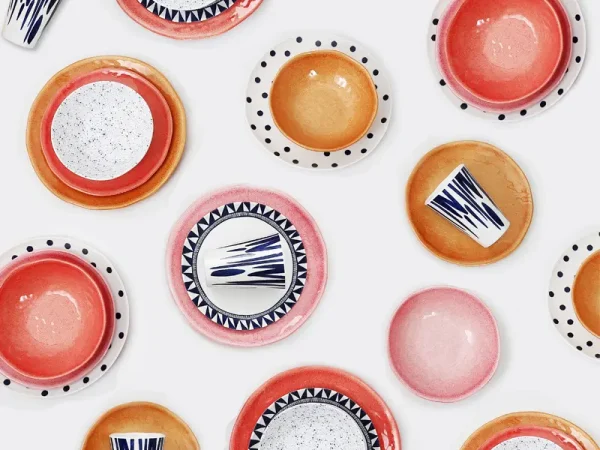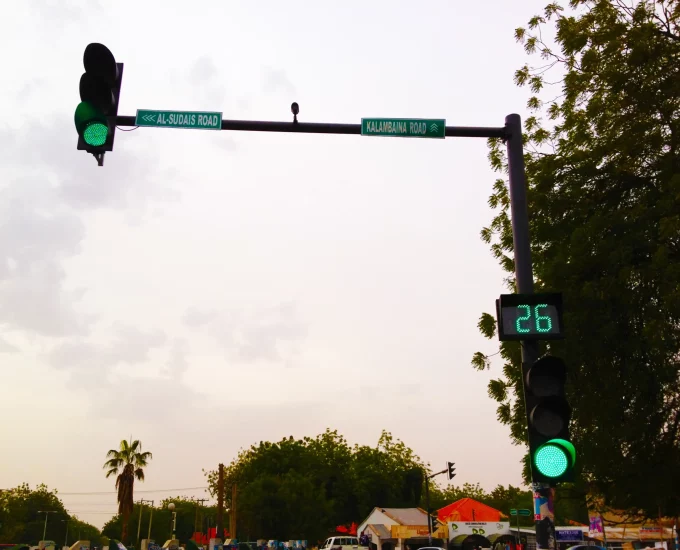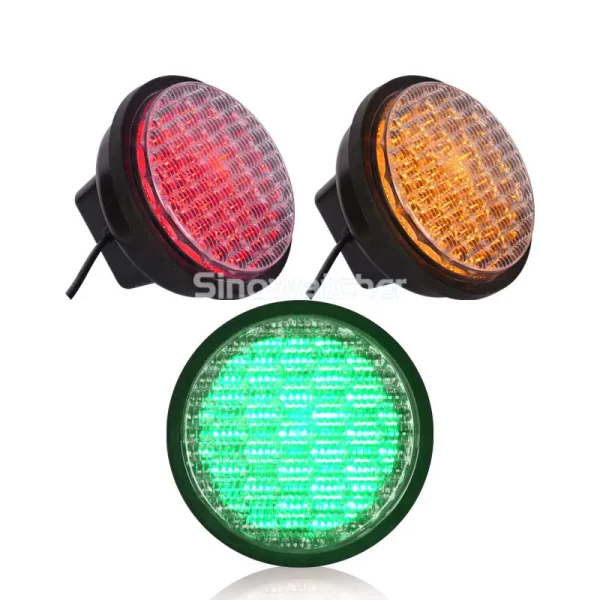目录
DIY balloon decorations are a cost-effective and visually appealing way to enhance the atmosphere of any celebration or event. Whether you are preparing for a birthday, wedding, corporate party, or festival, a diy balloon decorations project requires careful planning and the right materials to ensure the design is stable, attractive, and long-lasting. Selecting proper tools and accessories can improve efficiency and reduce waste during preparation.
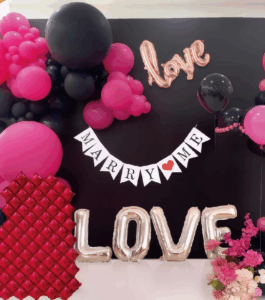
1. Essential Materials for DIY Balloon Decorations
- Balloons of Various Sizes and Types
Balloons are the foundation of any diy balloon decorations setup. Latex balloons are commonly available in sizes ranging from 5 to 12 inches, while oversized balloons up to 36 inches are often used as statement pieces or focal points.
Foil balloons, including letters, numbers, and themed shapes, add a metallic shine and are more resistant to air loss. High-quality latex balloons can retain their shape for 48–72 hours indoors, while helium-filled foil balloons may last up to one week.
- Inflation Tools and Measuring Equipment
Efficient inflation tools are critical for medium to large-scale projects. A hand pump is sufficient for fewer than 50 balloons, but an electric inflator can handle 800–1,000 balloons per hour, reducing inflation time by over 70%.
Balloon sizing tools help maintain uniform dimensions with a tolerance of ±0.5 inch, which is essential for arches, garlands, and symmetrical arrangements.
- Frames and Structural Supports
Creating arches, columns, and wall displays requires sturdy frameworks. PVC arches between 2–3 meters or lightweight aluminum stands are common choices.
A standard 2-meter arch typically requires about 100–120 balloons, while a dense 5-meter display may need 400–500 balloons for a full layered look. Balloon strips with evenly spaced holes make assembly faster and more stable.
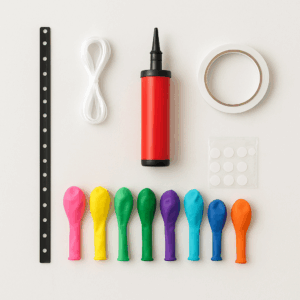
2. Additional Materials to Enhance Design
- Adhesives and Fastening Accessories
Glue dots, double-sided tape, and balloon tying tools ensure balloons remain securely attached for 48–72 hours. For outdoor setups, stronger adhesives and weights are recommended to prevent movement due to wind or temperature changes.
- Decorative Additions
Accessories such as curling ribbons, LED lights, artificial greenery, and tulle can elevate the overall visual effect. Helium tanks allow for floating centerpieces, while hi-float solutions extend the floating time of latex balloons from 8–12 hours to up to 24 hours.
- Safety and Maintenance Tools
A pressure gauge helps prevent over-inflation, which commonly causes bursting at 9–10 psi for a 10-inch balloon. Scissors, spare ribbons, and extra balloons should always be kept on hand to handle unexpected issues during assembly.
3. Practical Considerations for DIY Balloon Decorations
- Estimating Material Quantity
Accurate planning ensures a smoother workflow. For a small party, around 100–150 balloons may be sufficient, while medium-sized events often require 200–300 balloons. Large-scale weddings or exhibitions can use 500 or more balloons depending on the desired density and complexity.
- Storage and Preparation Conditions
Balloons should be stored in a cool, dry environment at 18–22°C to prevent premature oxidation. Preparing decorations too early may lead to deflation, especially with untreated latex balloons.
- Safety and Environmental Responsibility
Choose biodegradable latex materials when possible and avoid releasing balloons outdoors to reduce environmental impact. Dispose of used balloons properly after the event.
4. Tips for Material Selection and Event Adaptation
- Choosing the Right Materials for Different Themes
For formal events, metallic and neutral color schemes with foil balloons create a refined appearance. For children’s parties, bright latex balloons in multiple sizes enhance visual impact. Seasonal events such as Christmas or Halloween often benefit from themed balloon shapes and printed designs.
- Adjusting Materials Based on Venue Size
Indoor venues with limited ceiling height may require smaller balloons or low arch structures to maintain comfortable space, while outdoor venues allow for larger installations and floating elements. Always consider airflow and temperature when deciding between air-filled and helium-filled balloons.
5. Troubleshooting Common Issues
- Uneven Balloon Sizes
This occurs when inflating manually without a gauge. Using a balloon sizing template ensures uniform results and creates a more professional appearance.
- Premature Deflation
Exposure to heat or poor-quality balloons often leads to air loss before the event ends. Using durable materials and inflating closer to event time helps maintain form.
- Instability in Outdoor Conditions
Weighted bases, reinforced frames, and high-strength adhesives can significantly improve stability during outdoor installations.
6. Final Thoughts
A successful diy balloon decorations project depends on careful material selection, precise planning, and proper preparation techniques. By choosing the right balloons, tools, adhesives, and decorative accessories, you can create stable, vibrant, and long-lasting balloon displays for events of any scale.
Planning for about 10–15% extra materials reduces last-minute shortages, and using structured frameworks helps maintain visual consistency. With these essential materials and techniques, anyone can create professional-quality balloon decorations without relying on expensive outsourced services. Whether for an intimate party or a large-scale public event, well-prepared materials make all the difference in achieving a polished result.
0
